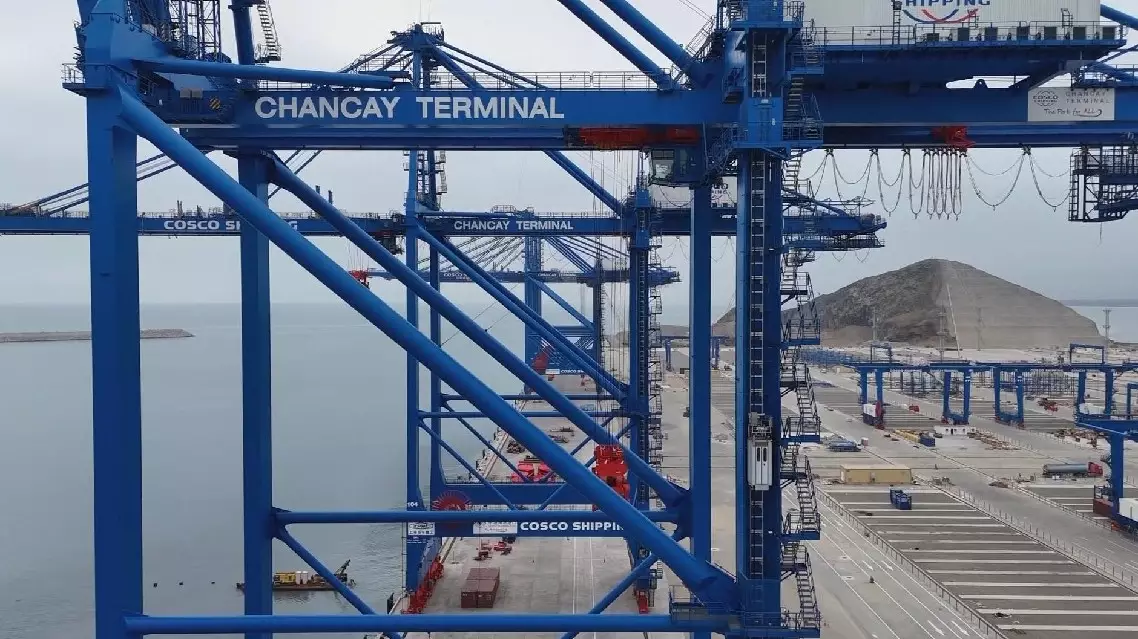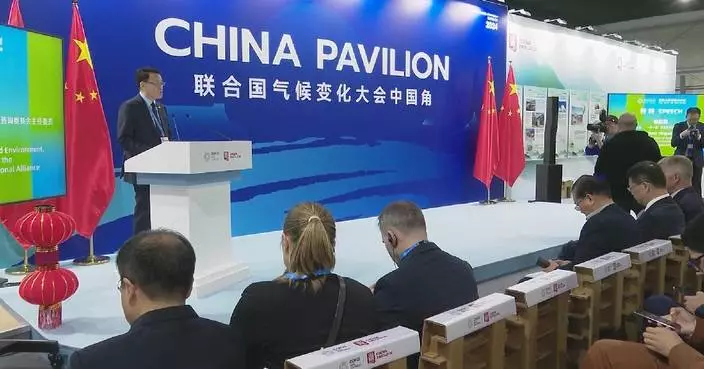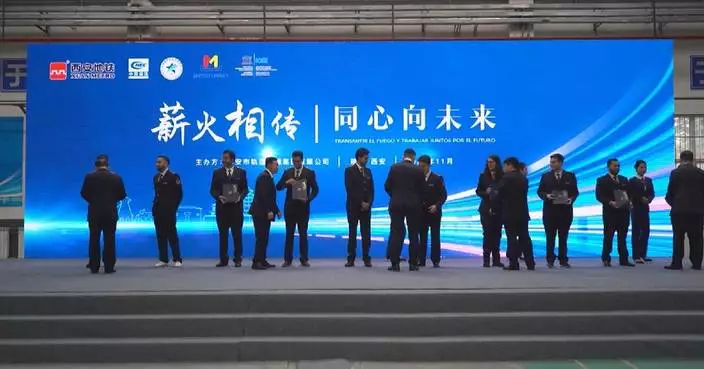A Chinese-invested mega-port just north of the Peruvian capital Lima is set to commence operation this November, with businesses in the Latin American country expecting closer trade ties with China to benefit the entire continent.
Built by the Chinese state-owned conglomerate COSCO Shipping, the multi-purpose port in Chancay is poised to become the most important logistics hub in South America and be a new trade hub that could transform Peru's fortunes and radically change the lives of the people living in and around this sleepy fishing town.
It is a new flagship project under the China-proposed Belt and Road Initiative across the Pacific Ocean, which will not only help deepen the relationship between China and Peru, but also open up a new "maritime expressway" for the integration of the Asia-Pacific economy.
With the opening of Chancay Port, Peru will gain new export channels for both agricultural products and manufactured goods. The most significant advantage is that goods will be able to move directly from Chancay to Asia, specifically to Shanghai. Currently, shipments must take a more circuitous route, often passing through ports in Mexico or the U.S. before reaching their final destination.
Peru is currently the world's leading exporter of blueberries, and in 2024, international shipments of blueberries and other Peruvian fruits surpassed 10 billion U.S. dollars. Chancay Port is expected to further boost the competitiveness of Peru's agricultural exports.
The alpaca, a species native to South America, has become a symbol of Peru. Along with other Peruvian products, alpaca dolls have gained immense popularity in China, which is now the most prominent market for these goods.
With Chancay Port opening in November 2024, the shipping time from Chancay to Shanghai will be reduced to just 35 days, which will dramatically shorten the preparation cycle and significantly reduce transportation costs.
Several business representatives emphasized that this project presents a significant opportunity for the Latin American region while attending the just concluded 7th China International Import Expo (CIIE) in Shanghai.
"It brings us more together with China because we will have the port. The transit time will be shorter in that case," said Francisco Vega, general manager of Oceánica Internacional, a major freight forwarder and logistics provider headquartered in San Jose, Costa Rica.
"I think it's a really good opportunity for Latin America to have a better transit time to China, to the Chinese market. This port is one of the biggest ports in South America and it's located in Peru, which is a location that is more central within South America for delivery to China. And the transit time should go down usually, for instance, from Chile, the transit time is 30 days to 35 days. With this port, we hope that we'll be (delivering) from Chile, Latin America (in) around 28 days," said Christian Chamorro, market manager of BDP Foods, an international business platform headquartered in Santiago, Chile.

Peru's Chancay mega-port to help deepen trade between South America, Asia









